This week, GN Separation successfully completed the assembly and factory testing of four GND5Z1014 stack vibrating screens. These units, specifically engineered for high-efficiency iron ore screening, are currently undergoing final inspections before being dispatched to a major domestic iron ore mining site next month. Continue reading
Author Archives: admin
GN 30inch Big Bowl Decanter Centrifuge for Peru Big Mining Company
GN Separation has recently achieved a significant milestone by successfully completing the assembly and factory testing of four GNLW764 Big Bowl Decanter Centrifuges for a client in Peru. These high-capacity machines, meticulously designed to meet the rigorous demands of industrial applications, are set to play a pivotal role in enhancing tailings dewatering processes within the mining sector. This strategic move addresses critical challenges related to water conservation, environmental compliance, and operational efficiency, thereby contributing to a more sustainable mining industry.
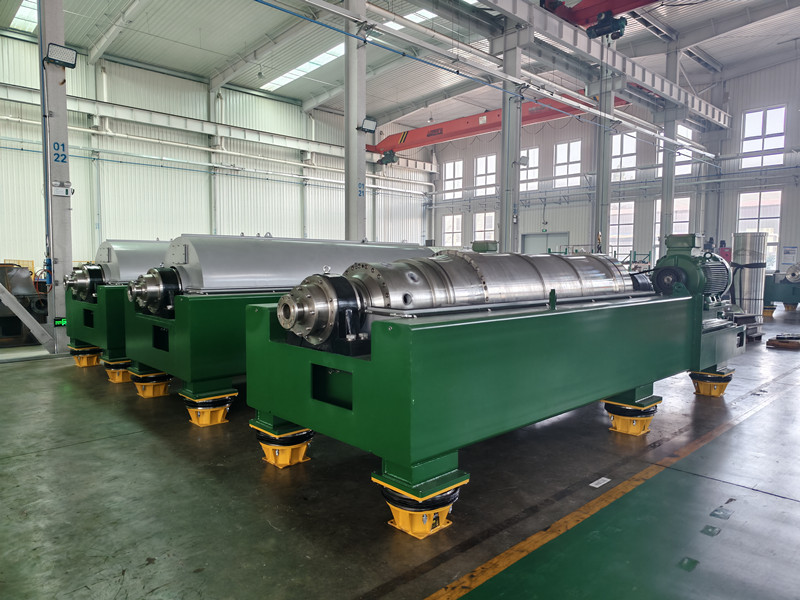
Decanter Centrifuges: A Game-Changer in Mining Tailings Management
Mining operations generate substantial volumes of tailings—a slurry comprising water, fine particles, and residual minerals—that necessitate effective treatment prior to disposal or reuse. Traditional tailings management methods, such as ponds or dams, are increasingly facing scrutiny due to space limitations, environmental risks, and stringent regulatory requirements. In this context, decanter centrifuges have emerged as a revolutionary technology, offering swift and efficient separation of solids from liquids, thereby transforming the tailings management landscape.
GNLW764: Engineering Excellence for Large-Scale Applications
The GNLW764 Decanter Centrifuge, GN Separation’s flagship model and the largest in its product range to date, is engineered to withstand the rigorous demands of high-volume processing. Featuring a 30-inch (764 mm) bowl diameter and a robust design, this machine is ideally suited for applications such as mining tailings dewatering, tunnel boring machine (TBM) slurry separation, and other industrial processes requiring substantial throughput.
1. Tungsten Carbide Protection: Ensuring Durability in Harsh Environments
Mining environments are inherently abrasive, with tailings containing coarse particles that can rapidly erode equipment. To counter this, GN Separation has incorporated tungsten carbide coatings on critical components, including the screw conveyor (spiral) blades and solids discharge ports. Tungsten carbide, renowned for its exceptional hardness and resistance to wear and corrosion, significantly extends the service life of these parts, minimizing downtime and maintenance costs. This ensures consistent performance even in the most challenging conditions, providing mining operators with a reliable and long-lasting solution.
2. VFD Control Cabinet: Precision and Safety in Operation
The GNLW764 is equipped with a Variable Frequency Drive (VFD) control cabinet, enabling precise adjustment of rotational speed to optimize separation efficiency for varying feed materials. This flexibility allows operators to customize the centrifuge’s performance to specific process requirements, whether handling fine clay particles or coarser minerals. Moreover, the VFD system integrates real-time monitoring of temperature and vibration levels, ensuring safe and efficient operation.
Complementary Technology: GNSJY6000 Flocculation Dosing Unit for Enhanced Performance
To further elevate dewatering performance, GN Separation recommends pairing the GNLW764 with its GNSJY6000 Flocculation Dosing Unit. This system automates the injection of flocculants—chemicals that aggregate fine particles into larger, more manageable clumps—into the feed slurry. By optimizing flocculation, the combined solution achieves superior solids capture rates and higher water recovery, thereby enhancing overall dewatering efficiency.
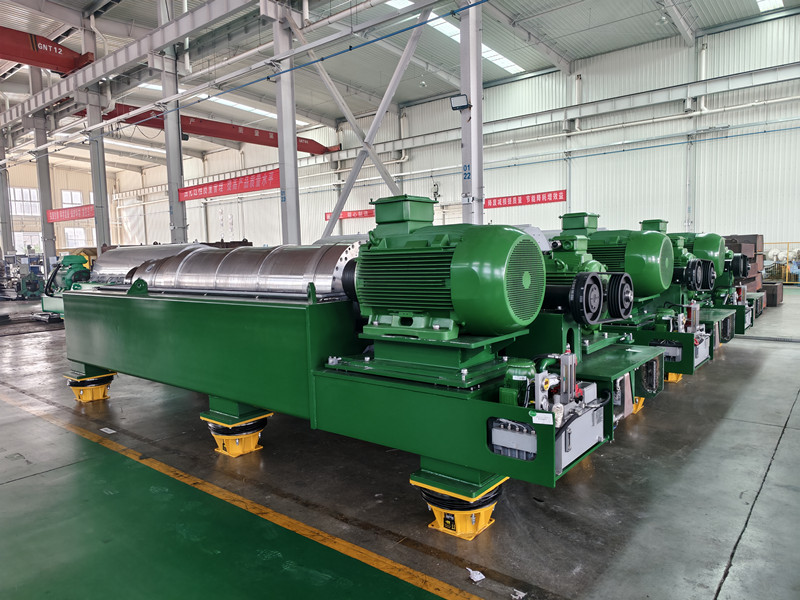
Looking Forward: A Commitment to Sustainability and Innovation
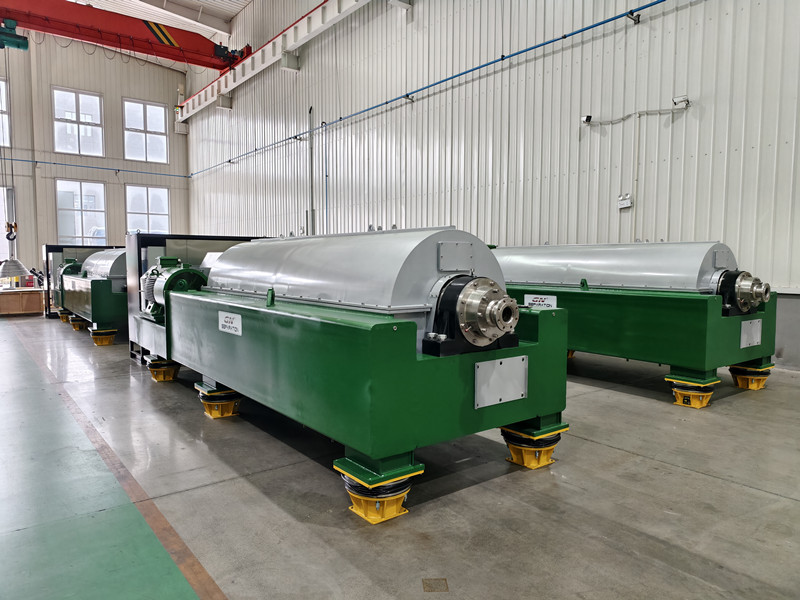
As the global mining sector continues to prioritize sustainability and operational efficiency, GN Separation remains at the forefront of innovation. Our ongoing investments in research and development, coupled with a comprehensive global service network, ensure that clients receive not only cutting-edge equipment but also unwavering support throughout the equipment lifecycle.
With the GNLW764 Decanter Centrifuges now ready for dispatch to Peru, GN Separation is poised to solidify its position as a leading provider of professional industrial separation solutions. We are dedicated to delivering value to our clients and contributing to a more sustainable future for the mining industry, one innovation at a time.
GN 30inch Big Bowl Decanter Centrifuge for Peru Big Mining Company
GN Separation has successfully completed the assembly and factory testing of four GNLW764 Big Bowl Decanter Centrifuges for a client in Peru. These high-capacity machines, purpose-built for demanding industrial environments, will play a key role in tailings dewatering within the mining sector—helping operators improve water recovery, environmental compliance, and overall operational efficiency. Continue reading
GN Separation to Showcase Innovations at CCME 2025 in Beijing
This October, the global mining community will converge in Beijing for the highly anticipated 21st China Coal & Mining Expo (CCME 2025). As a premier event in the industry, CCME 2025 is dedicated to driving progress in coal and mineral extraction technologies.
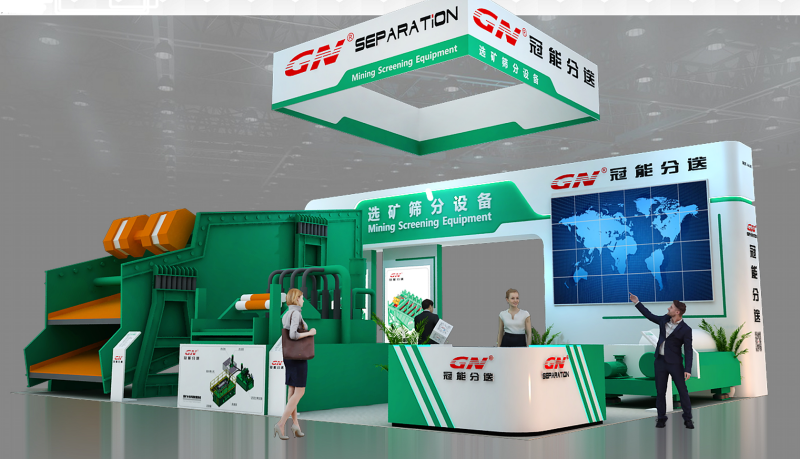
Event Snapshot
Scheduled to take place from October 28 to 31, 2025, at the Capital International Convention and Exhibition Center in Shunyi, Beijing, CCME 2025 promises to be a vibrant hub of activity. The exhibition is set to attract a wide array of exhibitors, encompassing well – known domestic and international manufacturers, cutting – edge technology providers, and seasoned industry experts. Over the four – day span, the focus will be on sustainable mining practices, automation, and equipment innovation. Attendees will gain access to the most up – to – date and efficient coal mining solutions, making it an invaluable event for anyone involved in the sector.
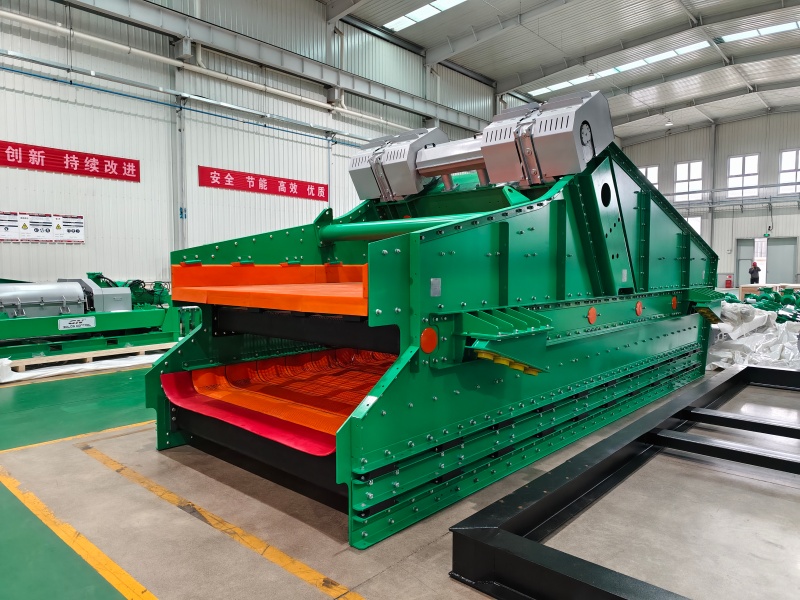
GN Separation’s Presence
GN Separation is proud to be among the exhibitors and will be located at Booth A4601. The company is gearing up to present a series of advanced equipment designed to address critical challenges in coal preparation, tailings management, and underground mining operations.
1. Large Flip – Flow Vibrating Screen: A Game – Changer in Screening
At the heart of GN Separation’s exhibit lies the Large Flip – Flow Vibrating Screen, a revolutionary screening technology specifically engineered for fine – grained and sticky materials. Traditional vibrating screens often struggle when dealing with fine coal, wet ore, or clay – rich substances, frequently experiencing clogging and inefficient separation. GN’s flip – flow design, however, overcomes these obstacles. By combining a flexible polyurethane screen surface with a double – mass near – resonance working principle, it effectively prevents screen blinding and pegging. This ensures a consistent and reliable throughput. In the context of coal mining, this equipment is particularly valuable for pre – screening raw coal before the washing process. By doing so, it reduces the burden on subsequent operations, streamlining the overall coal preparation workflow.
2. Tailing Dewatering Decanter Centrifuge: An Eco – Friendly Solution for Tailings Disposal
Tailings disposal is one of the most pressing environmental issues in the mining industry. GN Separation’s Tailing Dewatering Decanter offers a sustainable and efficient solution. It works by reducing the water content in mine waste, separating solids from liquids to produce a dry, stackable cake. This not only minimizes the amount of land required for waste storage but also significantly lowers the risk of leachate, which can have detrimental effects on the environment. In coal preparation plants, the decanter centrifuge plays a crucial role in facilitating the recycling of process water, thereby reducing the consumption of freshwater. With a capacity of up to 100 cubic meters per hour, it is an ideal choice for mid – to – large – scale mining operations that are looking to improve waste management while complying with ESG (Environmental, Social, and Governance) standards.
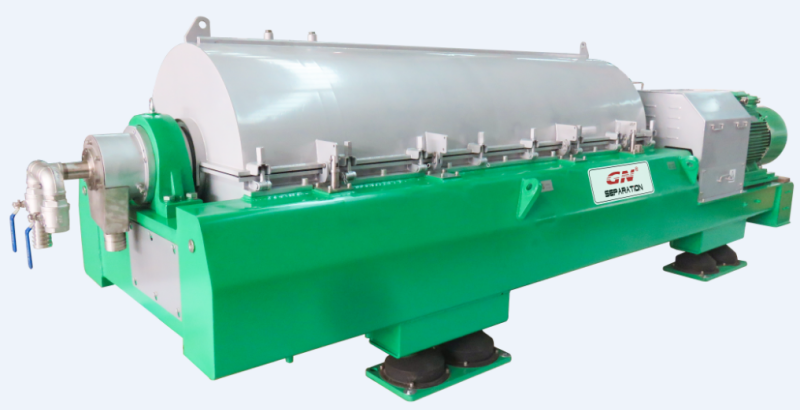
3. Underground Coal Sump Slurry Separation System: Tackling Underground Mining Challenges
Underground mining environments pose a set of unique challenges, including limited space, water inflow, and the need for rapid and efficient slurry handling. GN Separation’s Underground Coal Sump Slurry Dewatering System is designed to meet these challenges head – on. It integrates a compact decanter centrifuge with a pre – screening module to effectively treat the muddy water generated during roadway tunneling, coal extraction, and dust suppression. The system begins by separating coarse solids using a screening cyclone combination unit. Subsequently, the slurry is transferred to a dewatering centrifuge for fine particle separation. This process eliminates the need for manual sump dredging, ensuring unobstructed mine drainage. Moreover, it supports safe, efficient, and eco – friendly mining operations. Typically designed in a modular fashion, the system is easy to transport, install, and relocate, enabling it to be used in a mobile capacity.
GN Separation: Pioneering a Sustainable Mining Future
With over a decade of experience in separation technologies, GN Separation has established itself as a trusted and reliable partner for mining companies around the world. Its participation in CCME 2025 is a testament to its unwavering commitment to innovation and customer – centric design. Visitors to Booth A4601 will have a unique opportunity to engage with technical experts, witness live demonstrations of the equipment in action, and explore customized solutions tailored to their specific operational needs. We extend a warm invitation to all attendees to visit GN at the expo and discover how our cutting – edge technologies can transform their mining operations.
GN Separation Will Participate in CCME 2025
Place: Capital International Convention and Exhibition Center (Shunyi, Beijing)
Date: October 28–31, 2025
Booth No.: A4601
GN Separation is pleased to announce its participation in the 22nd China Coal & Mining Expo (CCME 2025), one of the largest and most influential trade fairs for the coal and mining industry. The exhibition will take place at the Capital International Convention and Exhibition Center in Beijing, where GN will showcase its advanced solid-liquid separation technologies for mining, tailings management, and industrial dewatering.
Dewatering vibrating screen and big bowl decanter centrifuge for USA construction mud treatment
GN Separation has announced the successful deployment of its flagship linear dewatering screen and big bowl decanter centrifuge at a U.S.-based engineering slurry treatment facility. Recent operational images shared by the client highlight GN’s expertise in delivering tailored solutions for complex industrial separation challenges. Continue reading
GNLW364 Decanter Centrifuge for Overseas Sludge Dewatering Project
Recently, GN Separation successfully assembled and shipped a complete sludge dewatering system for an international client in the environmental engineering sector. The package consists of the core GNLW364 decanter centrifuge and a complementary 3000L Automatic Polymer Dosing Unit (Model GNSJY3000). Continue reading
16 Sets Drilling Mud Centrifuge and Vertical Cuttings Dryer for overseas oilfield service company
GN Separation has recently completed the manufacturing and delivery of 16 sets of drilling mud decanter centrifuge systems and vertical cuttings dryer packages to an overseas oilfield service company. This delivery represents another important milestone in GN’s continuous efforts to provide reliable and advanced solids control and waste management equipment for the global oil and gas industry. Continue reading
GNLW654 Decanter Centrifuge Ready for Shipping to European Client
Recently, GN Separation successfully completed factory acceptance testing (FAT) of a GNLW654 decanter centrifuge. This advanced unit, designed for superior operational flexibility and durability, is now preparing for shipment to a key client in Europe. Continue reading
GN VFD Drilling Fluids Decanter Centrifuge for Asia Drilling Company
An Asian Drilling Company has strengthened its drilling fluid management capabilities with the acquisition of advanced decanter centrifuges from GN Separation. The order includes multiple high-performance models designed to deliver efficient solids-liquid separation and long-term reliability in demanding operations. Continue reading